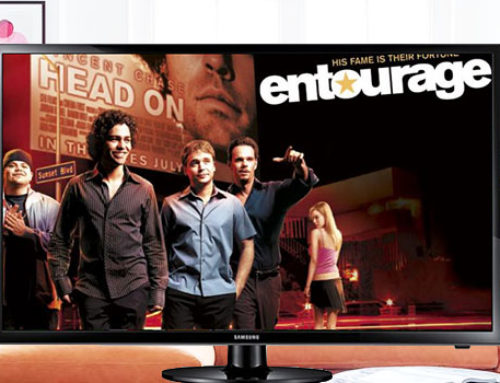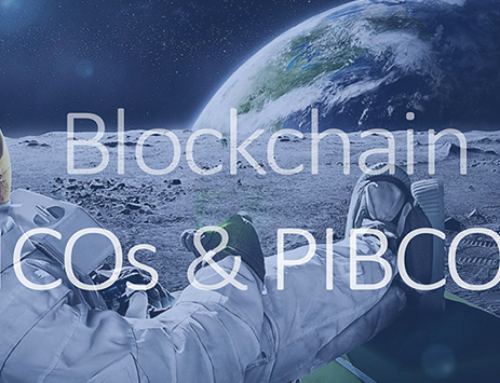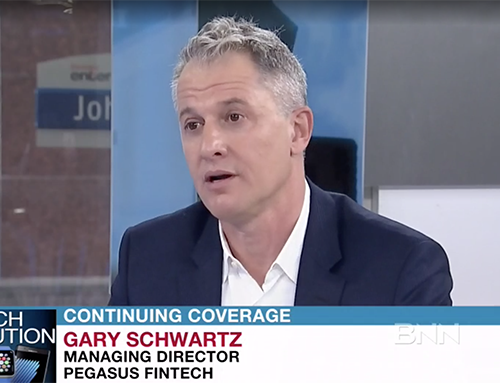For as many years as we’ve had customers, we’ve had strategies to manage those relationships. From dogeared Rolodexes to contemporary digital data mining, these strategies have become faster, more effective and expansive. Over the past four decades, the evolution of these systems have been a fairly linear.
However, in 2017, there is a CRM revolution in play.
If a company can embed a communication channel into the product or service they sell, then all the data guesswork and social hocus pocus is no longer critical. Multiple industries are doing this under the guise of IoT (the Internet of Things) or connected devices. I want to champion a new term for this called “physical CRM”.
The History of Guesswork
I am aware that the term “physical CRM” seems a trifle prosaic. In the 80s, ACT! introduced a contact management software that planned to revolutionize physical card storage. It argued that replacing your Rolodex with software allowed for more effective storage and organization contact information.
While innovative, this was not a revolution. It was simply a faster and better horse. We emulated the business card in software as we emulated the desk on the PC desktop.
As software became more comprehensive, we began talking about sales force automation, combining contact information with inventory control and customer behaviour data. By 1995, we began called this new software Customer Relationship Management (CRM) and software solutions exploded onto the market outgunning each other with sales and services widgets. By 2001, Paul Greenberg in his book called “CRM at the Speed of Light” was evangelizing a CRM system that could manage all aspects of a business relationship. By the end of the decade Saleforce would be selling this as a cloud-based solution for the multitudes.
Then Facebook happened and we moved from business transactions to social network interactions. Many large corporations, such as Comcast’s ComcastCares began social engagement strategies with its customer base.
Between the 1980s to the 2010s, there was an evolution of the Rolodex from paper —> digital —> networked —> interactive.
Getting Physical
For the consumer, putting a connected thermostat in her home or a smart automotive dashboard in her car provide convenience, mobility, smart decision making, energy optimization, etc. The smart home or the smart car is all about a smarter consumer, correct?
In large part it is about Physical CRM. Each connected device has two masters: the owner and the service provider.
The data from that device, of course, is pulled into a user-friendly app with finger dials and charts. Some content drives notifications, some allows for lite gamification. With Google Home and Amazon Echo, the data immediately provides entertainment, information and the occasional impulse purchase.
On the other side of the looking glass, the service provider has the ability to monitor the health of the device, monitor the pseudmionous behaviour of the user and manage that user relationship in more intelligence and anticipatory manner.
It’s a Bird…It’s a Plane…It’s SuperCRM
Let’s look at three examples.
1. Car Dealership of the Future
The car-loving mobile-swaggering consumer comes into a dealership with her mind made up. There is little relationship building, simply the transaction. Smaller manufacturers such as General Motors’ Cadillac have opened up virtual reality hubs where consumers can experience their desired specifications in a car using Samsung Gear and take the one Cadillac available for a test drive.
As the dealership pairs down its consumer bonding moments the car expands it relationship capabilities. Two-thirds of all new vehicles rolling of the lots will be talking to the internet this year.
CRM is now VRM (vehicle relationship management). Built in OEM Telematics sensors can monitor the health of the car, allow for remote diagnostics and maintenance and reach out to the owner in a timely, relevant manner to help them with service upsell and cross-sell. Constant contact allows up to support usage-based programs such as pay-as-you-drive insurance.
2. Instrumented Homes
There is obvious move to home instrumentation with smart thermostats and smart lighting. Appliances are shipped with Wifi ready monitoring systems to alert the manufacturer should a part malfunction. The most interesting opportunity is to think of the home as an OEM with bundled smart functionality.
Load disaggregator boxes wired into the electrical panel is an elegant $200 solution for this. A load disaggregator is a device that can be connected to the electrical panel to monitor the load signature of the household. It can intelligently track the health of all electric appliances. Think of load disaggregator as SIRI listening to the voice of the electricity. That is why startups like SENSE in the US and Smappee Europe are made up of voice AI experts.
Wiring in a load dissggregator allows the consumer to see their electrical footprint and for the owner and dealer to be immediately alerted on any anomaly from the HVAC to the refrigerator.
3. Solid-State Health
The contact lens is a ideal physical CRM device. Verily (a Google X company) as well as a startup called Medella have build glucose-measuring smart contact lenses, which use sensors and tiny chips to monitor glucose levels in the user’s eye fluid and then uses an antenna to send the data to the user’s smartphone.
The contact lens acts as a prosthetic implant that can harvest energy from light and the blink of the eye to power enhanced functionality to the iris and send data to the consumer and ultimately, the health care provider.
This new channel called telemedicine allows the doctor to “prescribe” a monitoring channel bundled with the medication to drive up compliance and drive down medical costs. Companies such as Lifewire use the phone as a communication hub to service Veterans and the DOD with life-enhancing engagement strategy based on simple mobile alerts.
These are some examples of a new channel called Physical CRM: a channel that is becoming a standard way of driving post-purchase product and service engagement. Instead of renaming it as IoT, Connected Devices, or good old M2M, perhaps it is simpler to see it as a natural and more effective progression of customer relationship management.



